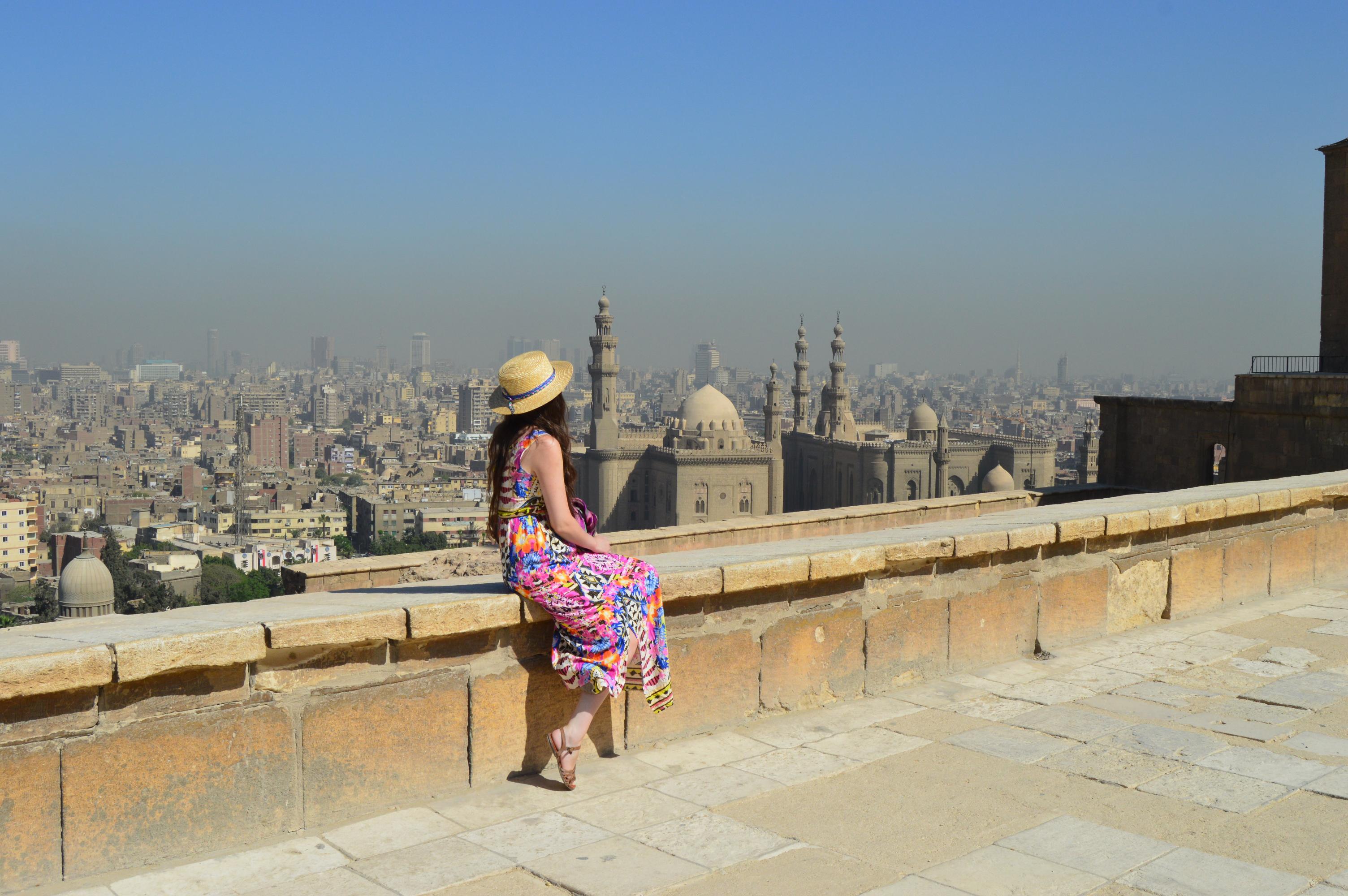
Egyptian Dress Code
Luxury Travel Tips for What to Wear in Egypt with Style and Respect
5 min read
Category : AttractionsDestination : EgyptEgypt is a land of timeless beauty, rich traditions, and vibrant contrasts. From the golden sands of the Sahara to the bustling streets of Cairo, every corner of the country invites exploration, and every experience deserves the right attire. Understanding the Egyptian dress code is essential for travelers who value both cultural respect and personal style.
Whether you’re visiting the Pyramids of Giza, strolling through ancient temples, or dining in a luxury rooftop lounge, this guide offers refined travel tips to help you dress appropriately, comfortably, and elegantly throughout your journey. It answers key questions about what female tourists should wear, what to avoid, and how locals dress, ensuring your wardrobe enhances every magnificent moment.
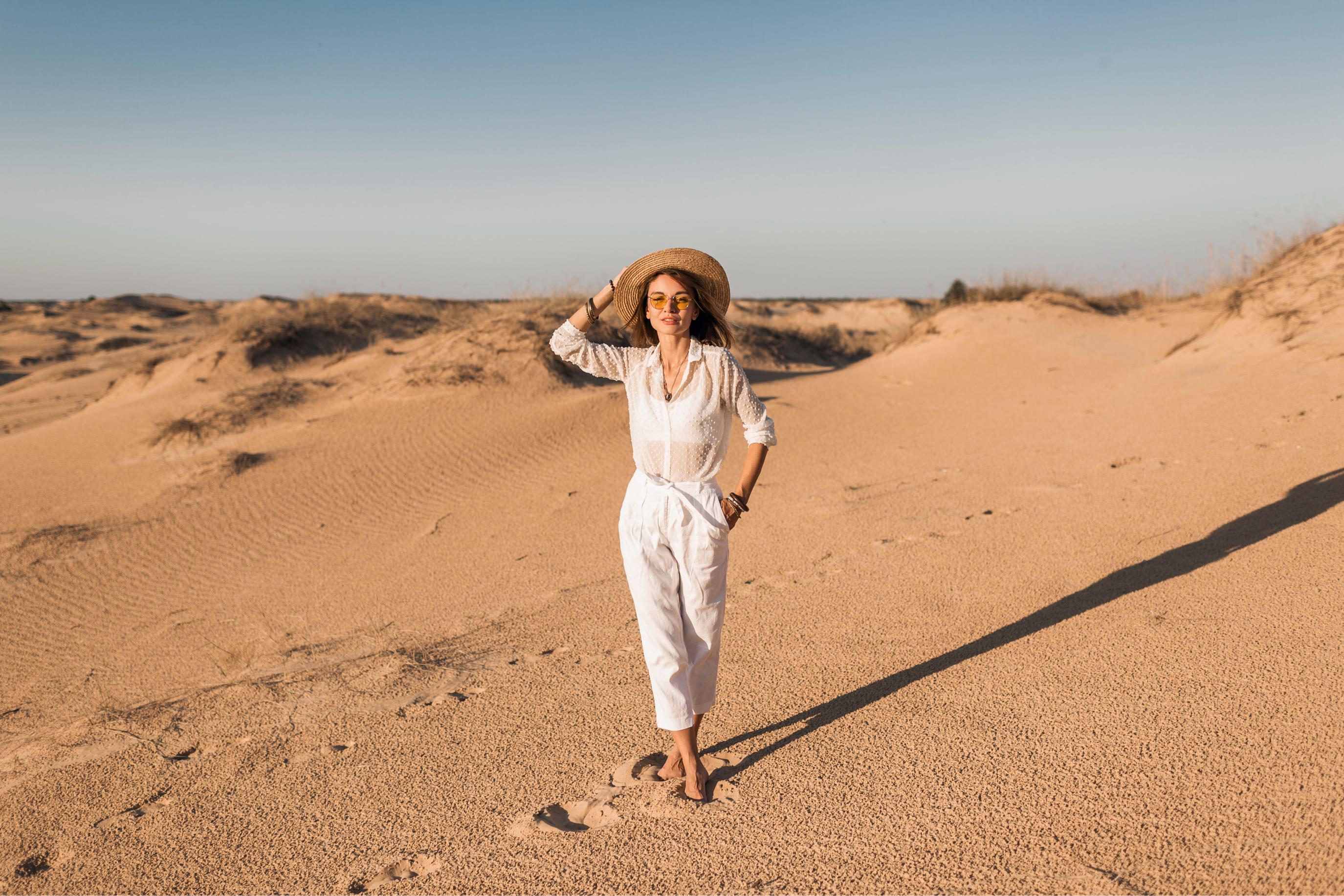
Travel Tips for Egyptian Dress Code with Style and Sensitivity
Egypt is a predominantly Muslim country with a modern, diverse culture. While urban centers like Cairo and Alexandria are more liberal, rural areas and religious sites maintain conservative norms. Dressing modestly is not only respectful but also practical, especially in the heat and sun.
Here are essential travel tips for curating your wardrobe:
- Opt for breathable fabrics such as cotton, linen, and viscose to stay cool.
- Choose loose-fitting silhouettes that offer both comfort and modesty.
- Pack layers for cooler evenings and air-conditioned interiors.
- Bring scarves or shawls for sun protection and appropriate coverage at religious sites.
- Wear closed-toe shoes or sturdy sandals for walking on uneven terrain.
Luxury travelers often favor flowing maxi dresses, tailored linen sets, and elegant accessories that combine comfort with sophistication.
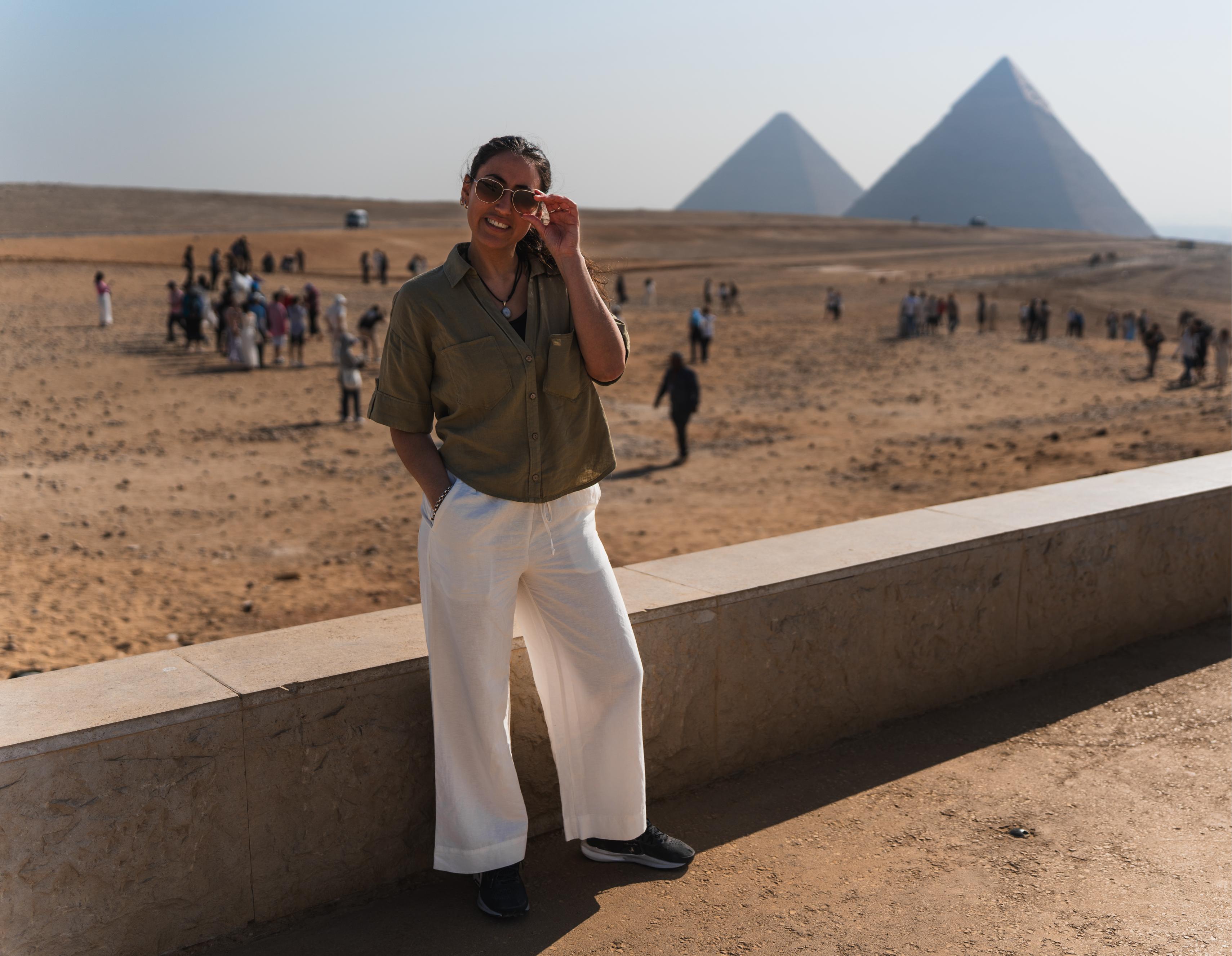
Female Tourists in Egypt Should Wear Modest, Breathable, and Comfortable Clothing
Female tourists are not required to wear a hijab or traditional attire, but modest clothing is highly recommended. This means covering shoulders, cleavage, and knees, especially in public spaces and religious sites.
Recommended wardrobe items:
- Maxi dresses and skirts that cover the knees
- Loose trousers or capris paired with modest tops
- Long-sleeve blouses or tunics made from breathable fabrics
- Light jackets or cardigans for layering
- Scarves for optional head coverage and sun protection
In beach resorts such as Sharm El Sheikh or El Gouna, the dress code is more relaxed, and swimwear is acceptable within hotel grounds. However, when venturing into towns or cultural sites, modesty remains important.
For upscale dinners or Nile cruises, elegant evening wear is welcome, as long as it remains tasteful and not overly revealing.
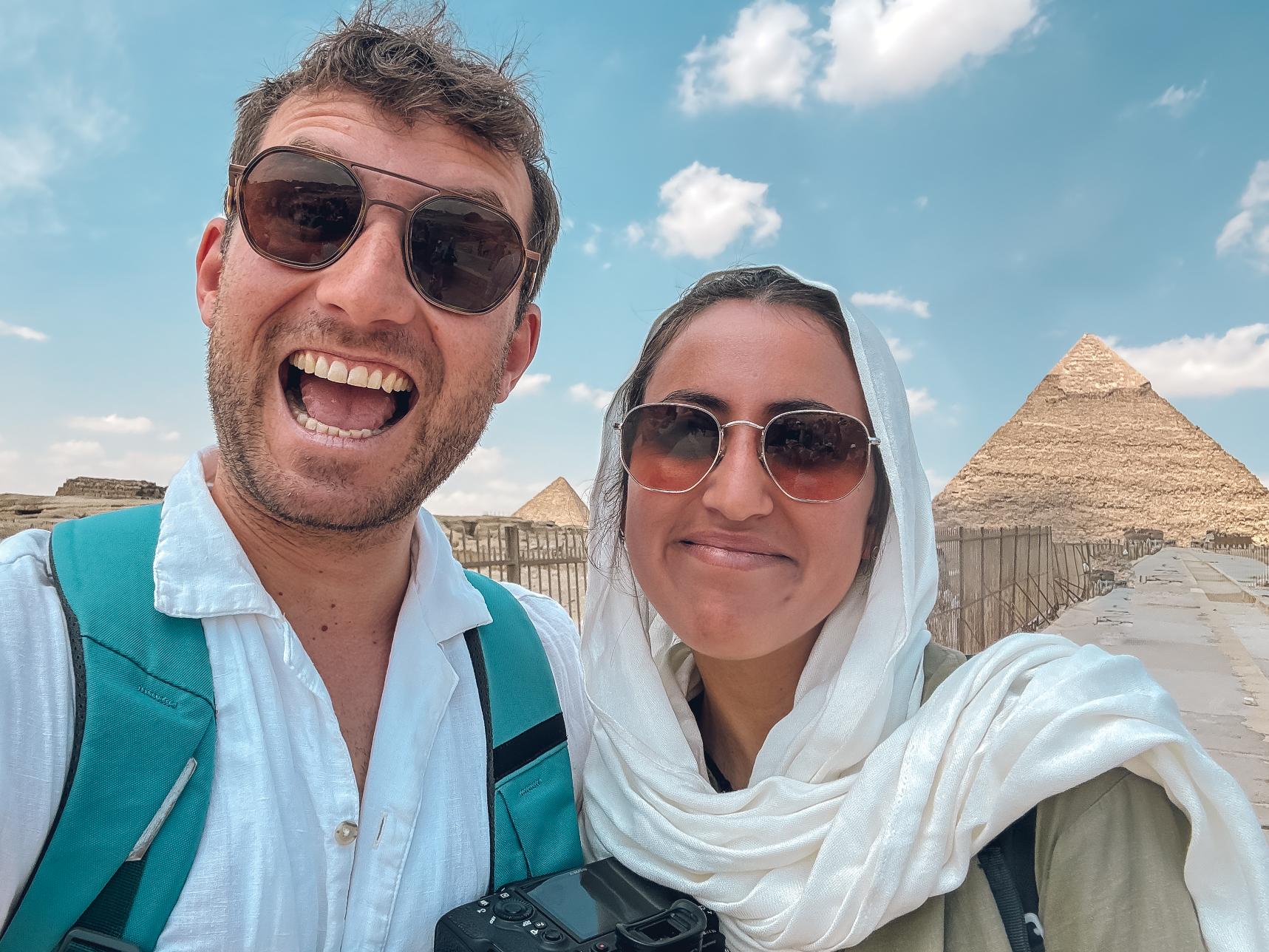
Tourists in Egypt Should Avoid Revealing, Tight, or Beachwear Outside Resorts
While Egypt is welcoming to tourists, certain clothing choices can attract unwanted attention or be viewed as disrespectful. Avoid:
- Short shorts or mini skirts in public areas
- Strapless tops or dresses without a shawl or cover-up
- Tight or sheer clothing that reveals undergarments
- Graphic t-shirts with offensive or political messages
- Beachwear outside resort zones
Even in liberal cities, dressing modestly reflects cultural awareness and earns respect from locals. It also enhances comfort, especially when exploring crowded markets or historic sites.
For men, sleeveless shirts and shorts above the knee are best reserved for resort settings. Lightweight trousers and polo shirts offer a polished and practical alternative.
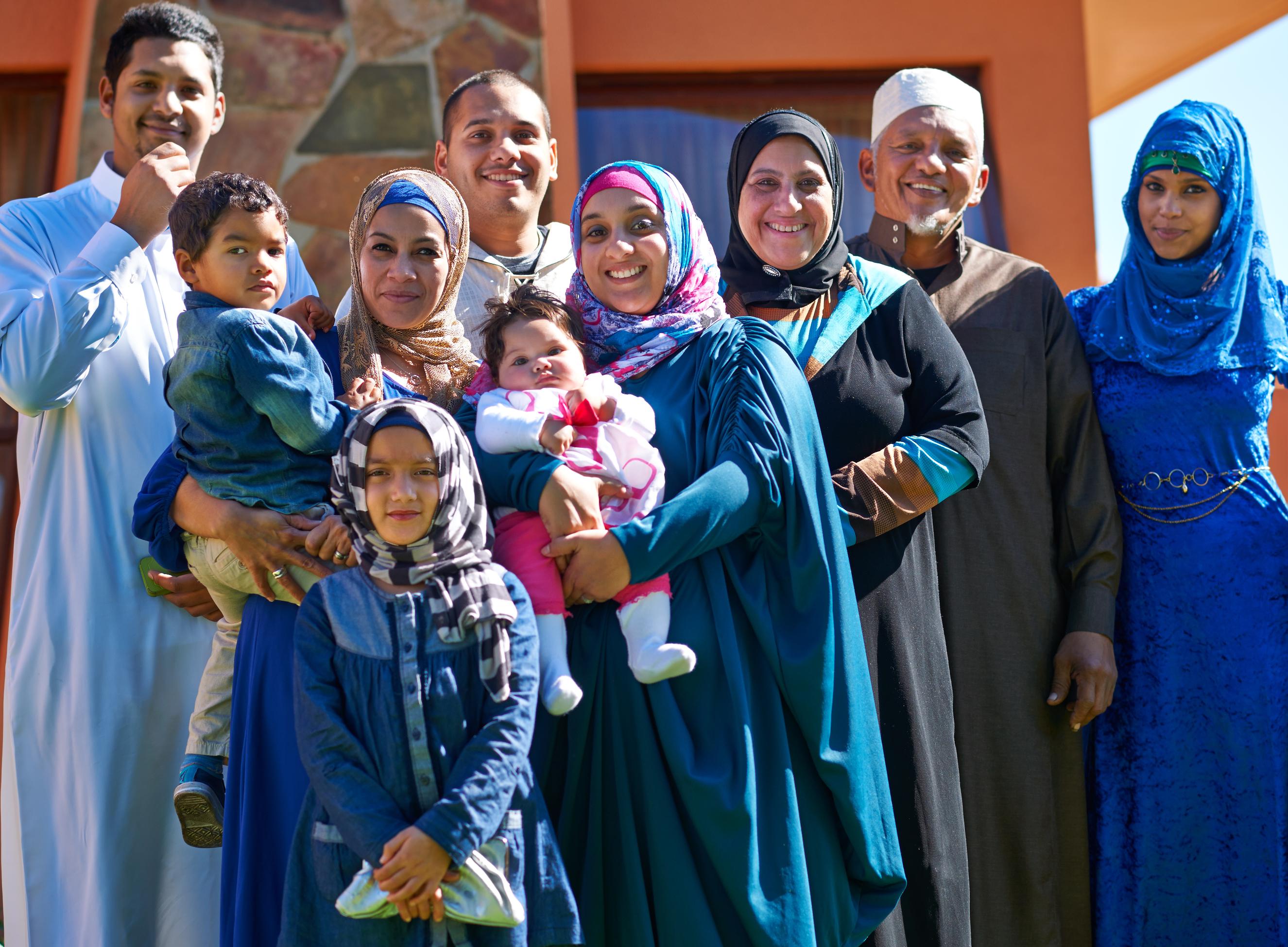
Visiting the Pyramids Requires Modest and Practical Clothing for Comfort and Respect
While there is no formal enforcement, the Egyptian dress code at the Pyramids leans toward modest and practical attire. The terrain is sandy and uneven, and the sun can be intense, so comfort and protection are essential.
Recommended attire for visiting the Pyramids:
- Loose-fitting pants or long skirts
- Breathable tops with sleeves
- Comfortable walking shoes or sturdy sandals
- Wide-brimmed hat and sunglasses
- Light scarf for sun and dust protection
Avoid sleeveless tops, short skirts, and flip-flops. A light jacket or shawl can be useful for layering, especially during early morning or late afternoon visits when temperatures drop.
Respecting the dress code at such a sacred and historic site enhances your experience and shows reverence for Egypt’s cultural heritage.

Egyptians Wear a Mix of Traditional Robes and Modern Modest Fashion
Egyptians wear a blend of traditional and modern clothing, depending on region, age, and occasion. In urban areas, you’ll see everything from jeans and t-shirts to tailored suits and designer dresses. In rural or conservative regions, traditional garments such as the galabeya (a long robe) and hijab are more common.
Typical Egyptian clothing styles:
- Men: Trousers, shirts, galabeyas, and suits for formal events
- Women: Long dresses, tunics, hijabs, abayas, and modern fashion with modest cuts
- Youth: Trendy styles with modest adaptations, especially in cities
Egyptians value elegance and presentation. Even casual outfits are often well-coordinated and accessorized. As a tourist, dressing with care and respect helps you blend in and connect more meaningfully with locals.
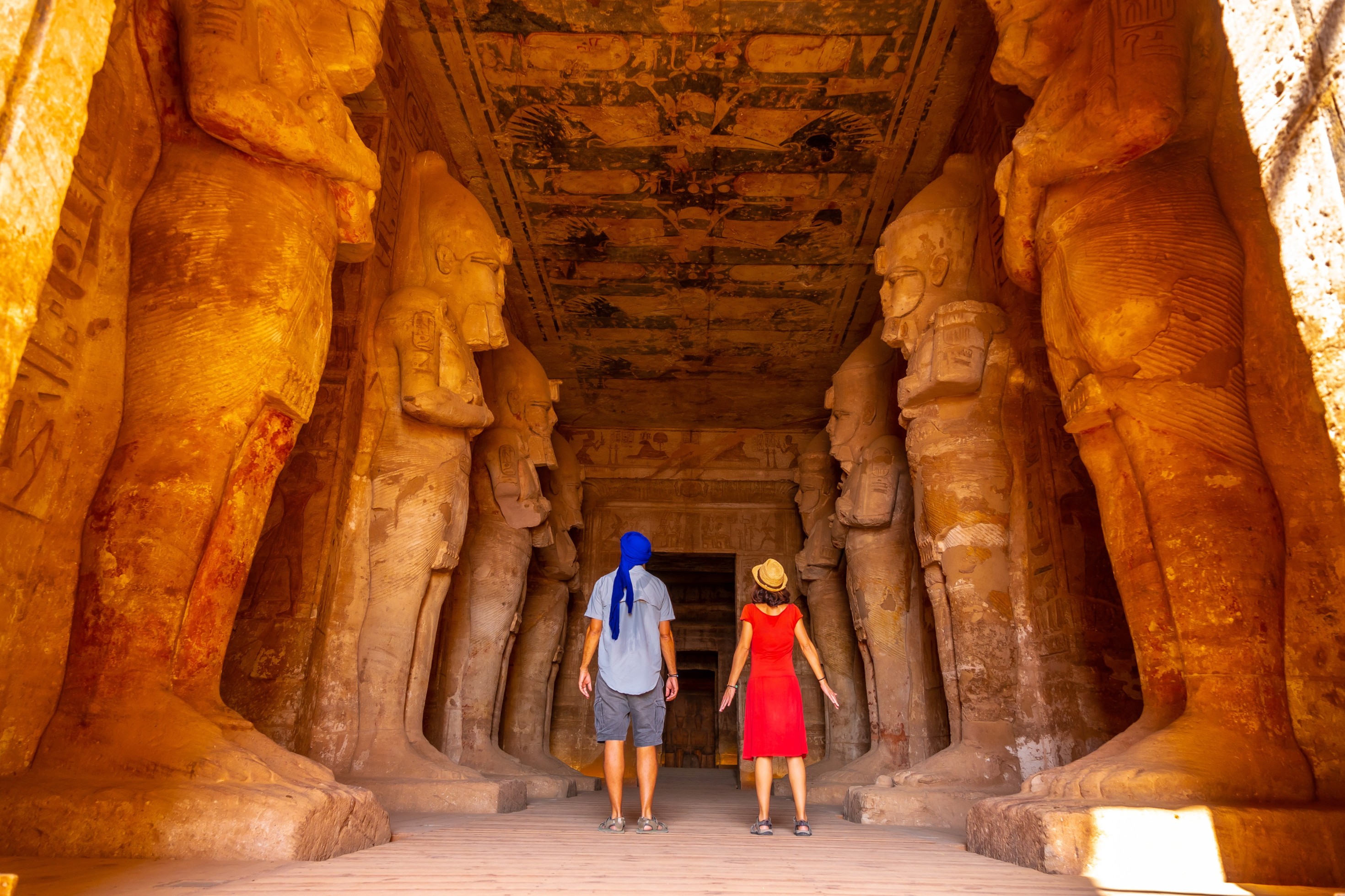
Dressing for Egypt is about more than fashion; it's about connection, comfort, and cultural appreciation. By understanding the Egyptian dress code, you elevate your travel experience, ensuring every moment is met with grace and respect.
Whether you’re exploring ancient ruins, dining under the stars, or strolling through vibrant souks, your wardrobe becomes part of the story. Pack with intention, embrace the elegance of modesty, and let your journey through Egypt be as magnificent as the memories you create.
Related Articles
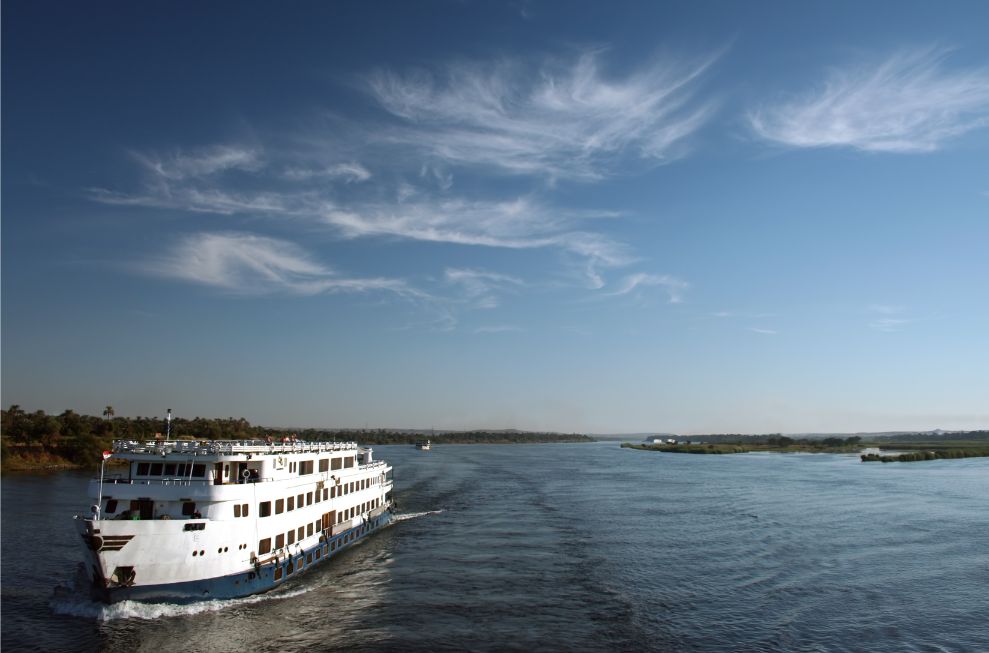
Dinner Cruise Nile Cairo
Sail the Dinner cruise Nile Cairo in Egypt—enjoy local cuisine, live shows, and city lights in Cairo, Luxor, or Aswan for an unforgettable evening afloat
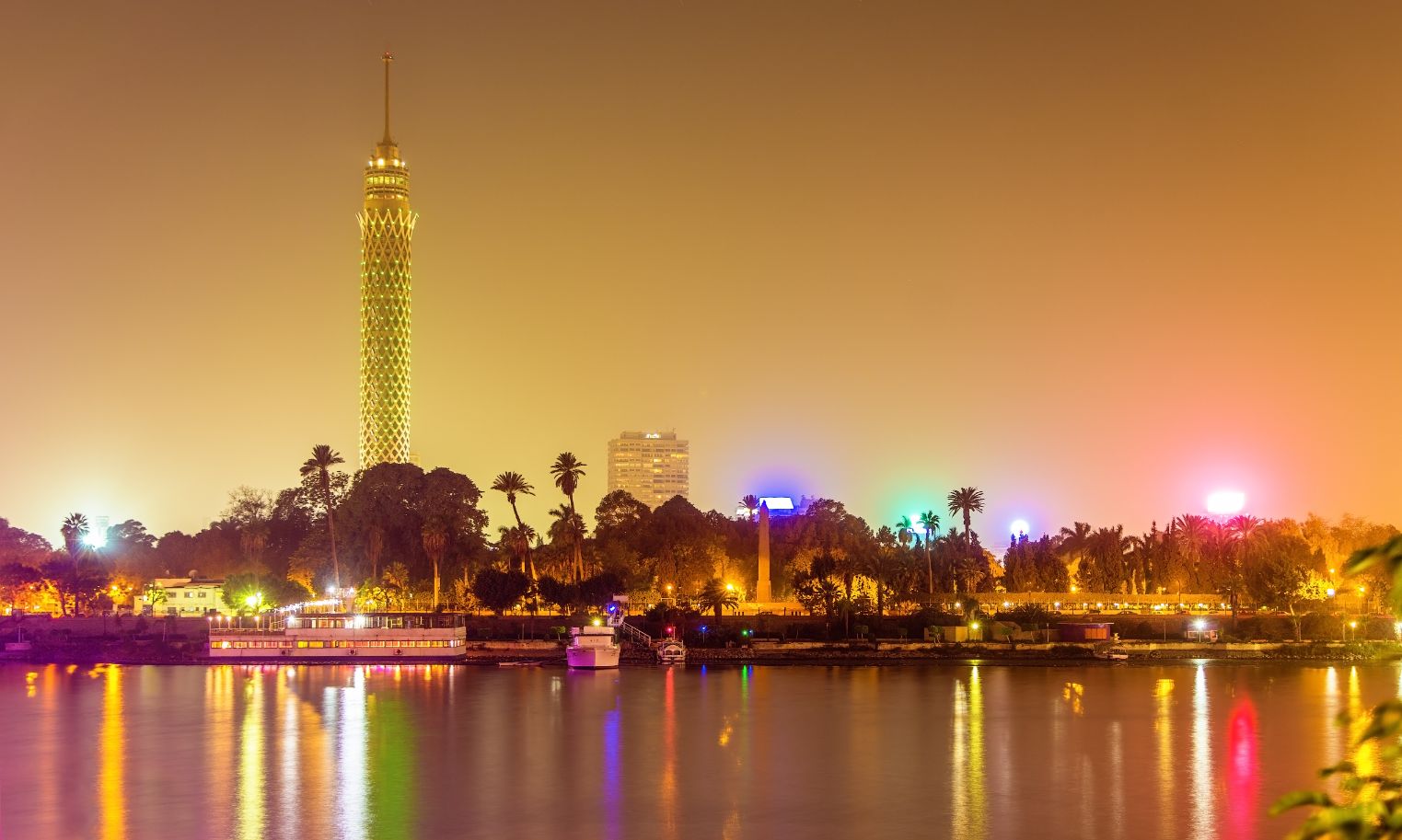
Events in Egypt
From ancient rituals to modern concerts, Egypt hosts dazzling events in Egypt—Sham El-Nessim, Ramadan nights, Nubian dances, and desert art festivals year-round.
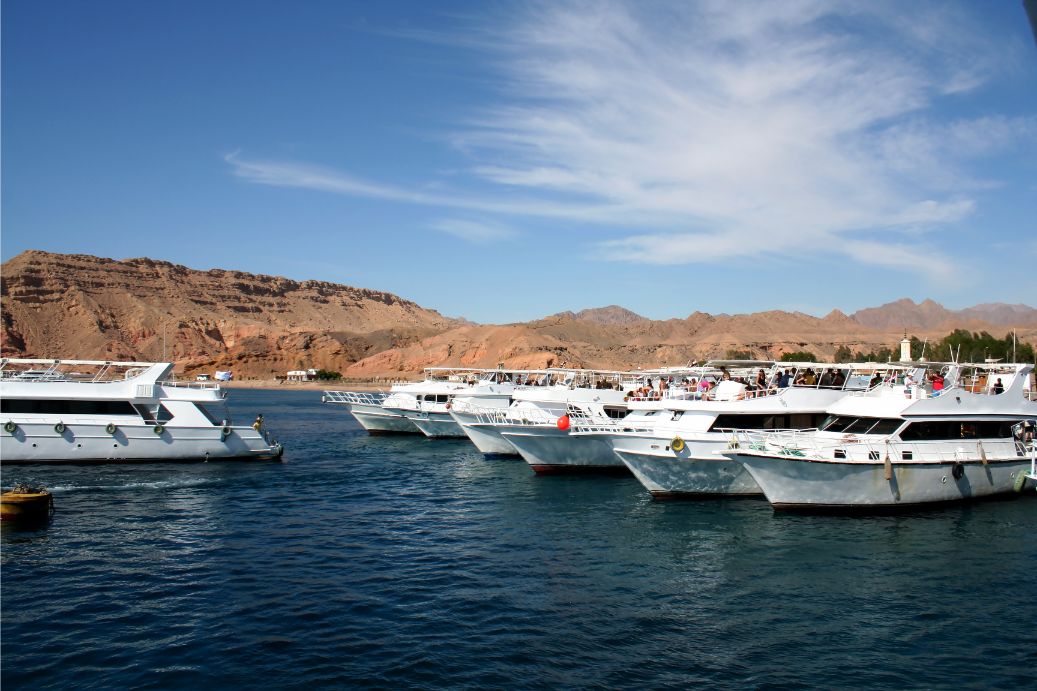
Private Yachts in Egypt
Charter private yachts in Egypt for island-hopping, diving, and sunset cruises. Explore El Gouna, Hurghada, and Sharm with five-star comfort and style
